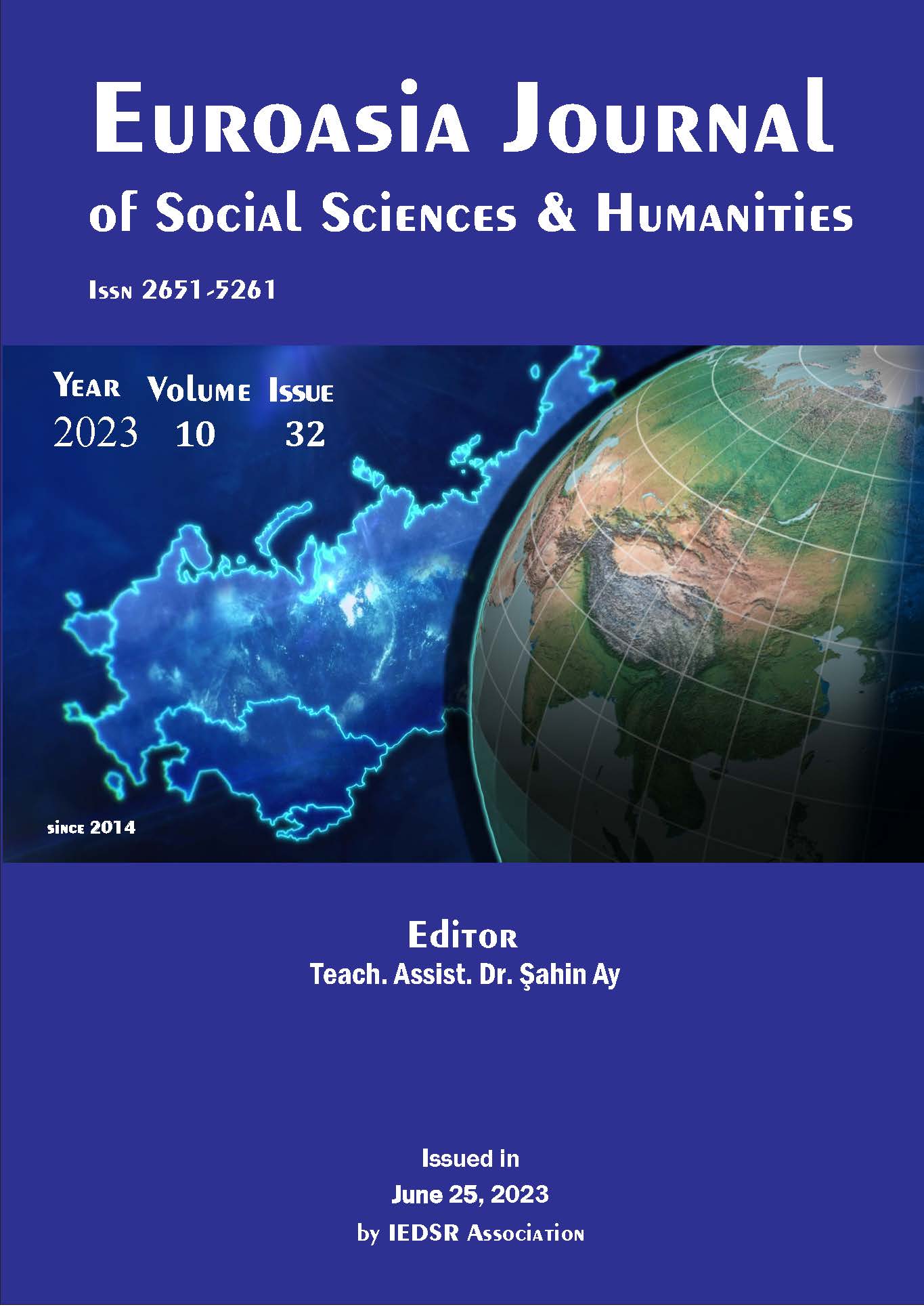Kamusal Sanat Yoluyla Aktör İnsanı Canlandırma: Suzanne Lacy’nin Çalışmalarının Richard Sennett’in Yaklaşımı Üzerinden İncelenmesi
DOI:
https://doi.org/10.5281/zenodo.8078864Anahtar Kelimeler:
Kamusal Sanat, Yeni Tip Kamusal Sanat, Sosyal Etkileşimli Sanat, Richard Sennett, Suzanne LacyÖzet
Endüstri toplumunun gelişimiyle kamusal alanın dönüşümü, o alanı şekillendiren ya da o alanın şekillendirdiği fertlerin de dönüşümünü beraberinde getirmiştir. 19. Yüzyılla birlikte “ölü doğum” yapmaya başlayan kamusal alan, insanların özel hayatlarına ait mekanların birer özgürlük alanı olarak algılanması ile yabancılaşmanın merkezi olarak görülmeye başlanmıştır. Bugün neredeyse sadece hareketlilik ve ticari değiş tokuşun merkezi olan bu alanlar, sanatçı duyarlılığı ile yeniden değerlendirilmeye çalışılmaktadır. Sadece bu alanları Habermas’ın altını çizdiği gibi siyasal işlevleri için değil, Sennett’in dediği gibi insanın doğumdan itibaren getirdiği etkileşim, oyun ve iş birliği ihtiyacının da merkezi haline yeniden getirebilmek adına özellikle 1960’lardan sonra Happening sanat hareketinin ve ardından ortaya çıkan Yeni Tip Kamusal Sanat gibi etkileşimi önceleyen sanat akımlarının çabaları dikkate değerdir. Üstelik bu çalışmaların, özellikle Suzanne Lacy gibi öncülerin esas çabası, kamusal alanda kalabalıklardan estetik bir biçim yaratma ihtiyacının yanı sıra, o kalabalıkları etkileşimin merkezi haline getirmektir. Bu yeni tip kamusal sanatta sanat eseri, kamusal alandaki insanın kendisidir. Bunu yaparken, elden geldiğince galeri ve müze gibi, sanatın icra edildiği geleneksel alanlar yerine, “ölü kamusal alan”lar tercih edilmektedir. Böylelikle bir icracı olmanın ne demek olduğunu bilmeyen kitleleri, o ana özgü yaratılan kurgularla, aynı gerçek bir kamusal hayat örneğinde olduğu gibi, birer aktöre dönüştürmeye çalışılmaktadır. Birbirine yabancı kitlelerin, sanat yoluyla bir oyunun içine dahil olduğu ve bunun sonucunda iş birliği ve yabancılar arası dayanışmanın güçlendirilmeye çalışıldığı söylenebilir.
İndirmeler
Referanslar
Bishop, C. (2006). The Social Turn: Collaboration and Its Discontents. ARTFORUM.
Bourriaud, N. (2018). İlişkisel Estetik. İstanbul: Bağlam Yayıncılık.
Grubner, B. (2017). Narcissism in cultural theory: Perspectives on Christopher Lasch, Richard Sennett, and Robert Pfaller. Frontiers of Narrative Studies, 50-70.
Kuspit, D. (2006). Sanatın Sonu. İstanbul: Metis Yayınları.
Lacy, S. (tarih yok). https://www.suzannelacy.com/ adresinden alındı
Lacy, S. (2010). Leaving Art: Writings on Performance, Politics and Publics, 1974-2007. Londra: Duke University Press.
Moira Roth, S. L. (2001). Making & Performing "Code 33": A Public Art Project with Suzanne Lacy, Julio Morales, Unique Holland. PAJ: A Journal of Performance and Art, 47-62.
Rothenberg, D. (1988, Spring Vol:32). Social Art/Social Action. The MIT Press, s. 61-70.
Sennett, R. (2019). Kamusal İnsanın Çöküşü. İstanbul: Ayrıntı Yayınları.
Sennett, R. (2020). Beraber. İstanbul: Ayrıntı Yayınları.
İndir
Yayınlanmış
Nasıl Atıf Yapılır
Sayı
Bölüm
Lisans
Telif Hakkı (c) 2023 EUROASIA JOURNAL OF SOCIAL SCIENCES & HUMANITIES

Bu çalışma Creative Commons Attribution-NonCommercial 4.0 International License ile lisanslanmıştır.

